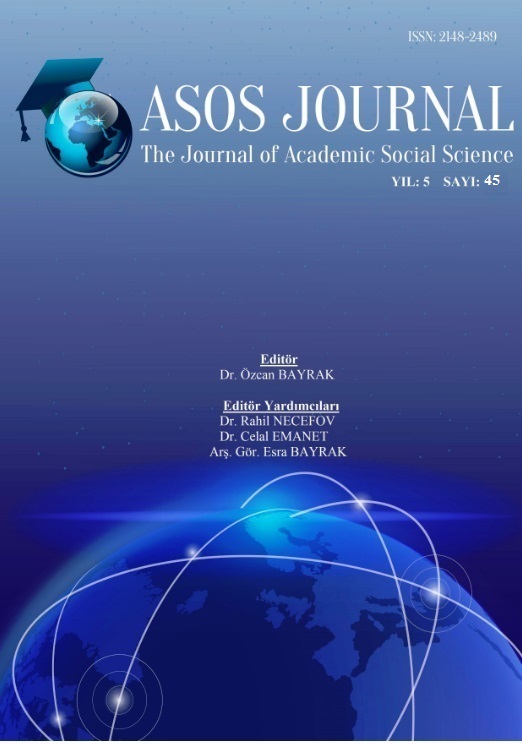Author :
Abstract
Kül sırları M.Ö. 1500’de Shang Hanedanlığı döneminde keşfedilmiş, ilk defa Çinli ustalar tarafından seramik yüzeylerde kullanılmaya başlanmıştır. Bilinen en eski örnekleri Yuangu olarak adlandırılan Kuzey Çin’deki Shangxi bölgesinde bulunan eserlerdir. Bu sırlar odun yakıtlı fırınlarda pişirim esnasında havada uçuşan küllerin çömleklerin yüzeyine düşmesi sonucu tesadüfen üretilmişlerdir. Çömlek yüzeyine düşen küller sıcaklığın etkisi ile erimiş yüzeyde parıltılı bir görünüm oluşturmuştur. Çömlekçilerin bu parlak yüzeyin nasıl geliştiğine dair oluşan merakı zamanla küllerin bilinçli olarak kullanımına neden olmuştur. Geçmişten günümüze kadar sırların gelişiminde önemli bir sır eriticisi olarak kullanılan küller, seramik sırlarının doğuşunun kökenini oluşturması nedeniyle önemli bir yere sahiptir. Bu makalede seramik sanatı tarihinde bilinen en eski sırlarından birisi olan kül sırlarının başlangıcından günümüze dek süregelen tarihsel gelişimi incelenecektir.
Keywords
Abstract
Ash glazes were discovered in 1500 B.C. in the period of the Shang Dynasty and they were first started to be used by the Chinese craftsmen on ceramic surfaces. The earliest known examples are the artefacts found in Shangxi district in Northern China called Yuangu. These glazes were produced by coincidence as a result of the fact that the ashes flitting about during firing in wood-fired kilns fell on the surface of the pots. The ashes falling on the surface of the pot created a shiny appearance on the molten surface with the effect of temperature. The curiosity of the potters about how this shiny surface developed led to the conscious use of ashes over time. The ashes that have been used as an important glaze melter in the development of glazes from the past to the present day have an important place due to creating the origin of the rise of ceramic glazes. In this article, the ongoing historical development of the ash glazes, which have one of the earliest ceramic glazes in history of the ceramic art, will be examined from the beginning to the present day.





